The Nomads Settle in the English Countryside
![]()
Abundant rain brings an extravagance of lush foliage, meandering rivers, bright flowers, and often chilly temperatures to this corner of southwest England. The great old farm house where we lived sits near the confluence of the Kennet and Dun rivers in West Berkshire near the village of Hungerford. This farm house no longer has a farm, no cows or chickens, but the amazingly verdant backyard is home to wood pigeons, a pair of squirrels, a family of rabbits and dozens of swooping swallows. Other birds fly through, sometimes hanging out in the trees or grabbing bugs from the grass.
What in the world brought the Nomads to this very non-urban place? As urbanists, our preferred homes are usually within a short walk of the city centre where all our daily needs and transport options are close at hand. In comparison, here we have a 2 km walk into the village of Hungerford where there are food stores, bakeries, pubs, and cafes clustered along the High Street, along with infrequent buses to nearby towns and the railway station with hourly trains to Reading.
An invitation to house sit for the daughter of a classmate of Blair's brought us here. It took some thought and a major shift of mindset to decide to accept this amazing offer! After a month of constant movement, exploring the Loire Valley in France, the idea of some time to perch in one place was appealing. We began to envision peaceful days of walks along footpaths and lanes, reading and thinking, writing and making webpages. The railway and buses offered us opportunities to explore farther than our feet could take us when we felt the need. Other opportunities for adventures might present themselves, too. We accepted!
So, we met our hostess to tour the house and made an agreement to live here for five weeks while the family enjoyed their annual holiday on the beaches of Delaware. We arrived after they had departed and settled into the guest bedroom.
On the day we arrived, It rained unceasingly keeping us inside. Had we made a big mistake?
The next day, the sun came out revealing a bright and clear blue sky. All was well, so we set out on our walk into Hungerford, a journey that quickly became one of constant discovery as well as a part of our routine. The walk took us along a country lane of barely enough width for two cars.
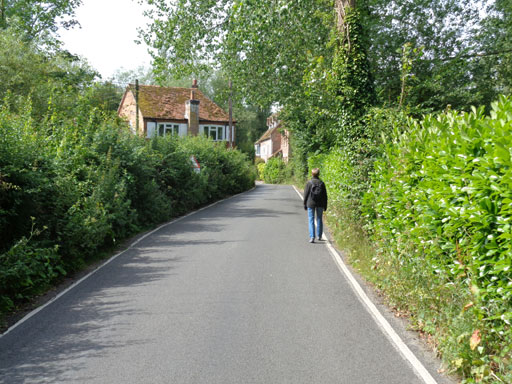
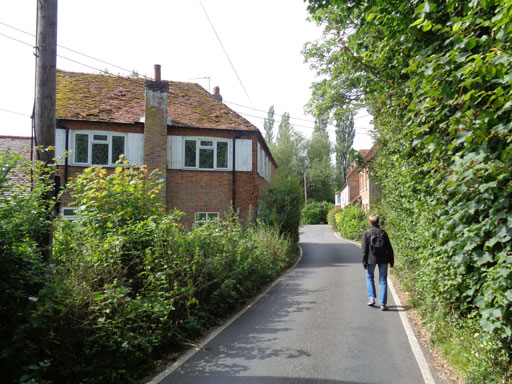
We walked on past some fine old brick houses, and over three narrow one-lane bridges spanning the Kennet and Dun rivers.
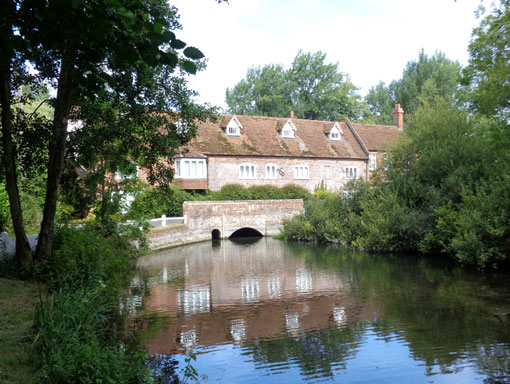
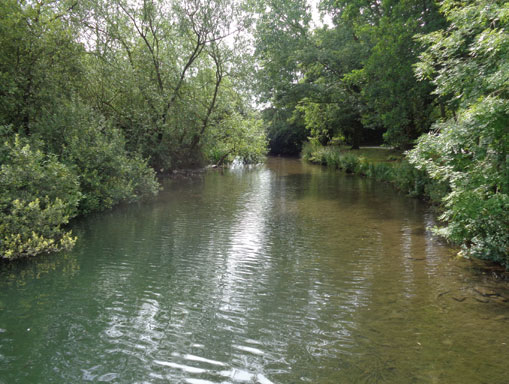
After a cattle grid,,which indicated we might encounter cows, and the third bridge, we crossed another bridge, over the Kennet & Avon Canal. Right here was a lock! We could stand on the bridge and watch the action of the boat travelers opening the big heavy gates, steering the narrow boat inside, closing the gates, cranking the gadget that opens the water inlets to fill the lock, opening the gates at the uphill end, moving the boat out into channel, and finally closing the gates again. Only then was the boat able to continue.
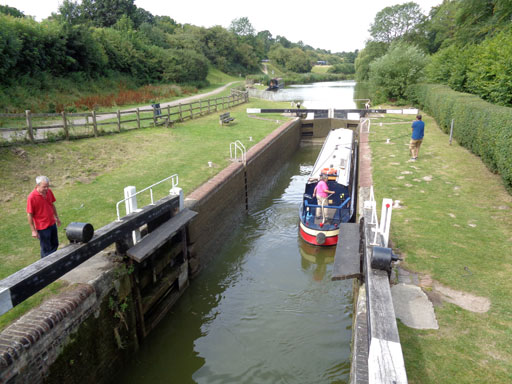
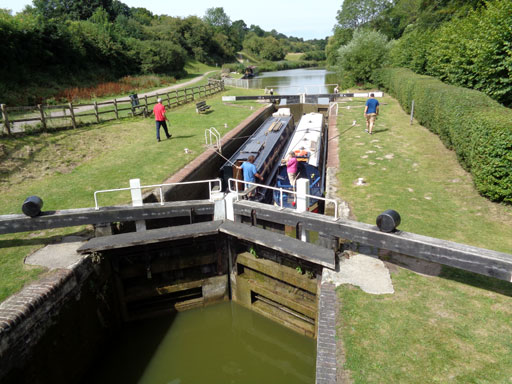
Continuing our walk, we crossed a green grassy pasture where there was firm evidence of cattle grazing., sometimes quite current
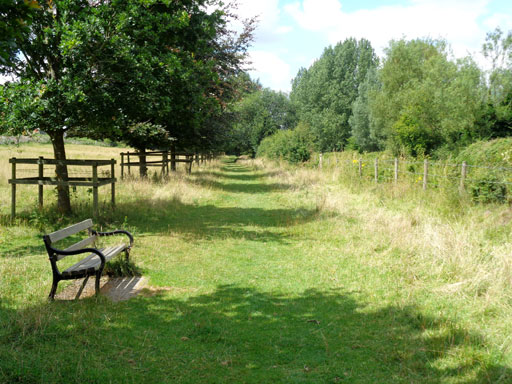
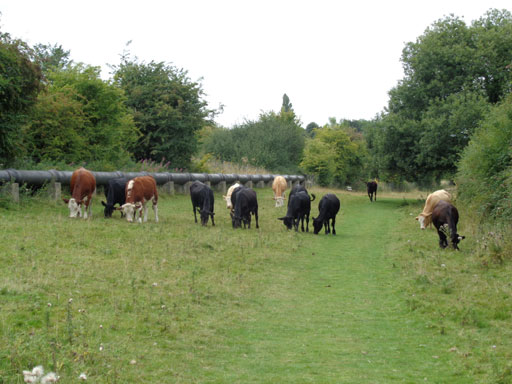
We soon came to a gate onto the footpath that continued canalside, finally arriving at the High Street of Hungerford.
The streetscape is charming, and typical of smaller English country towns, with a historic town hall and other Victorian red brick buildings. There are shops of all sorts, many offering antiques, a couple of bakeries, and a tea room that became our favorite for a midday meal or snack.
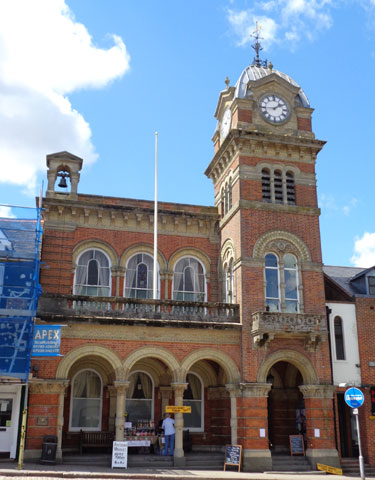
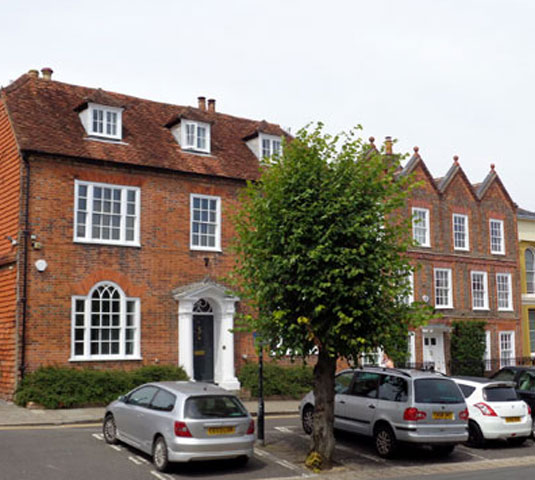
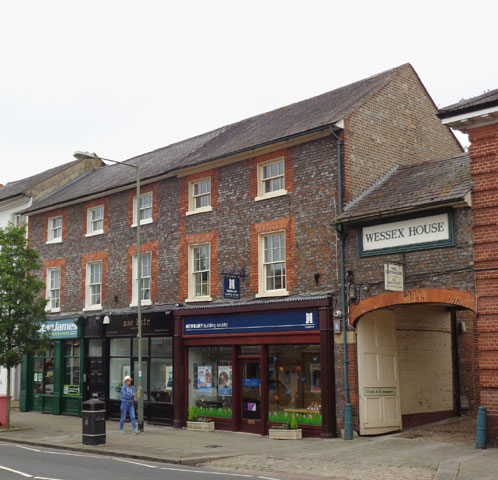
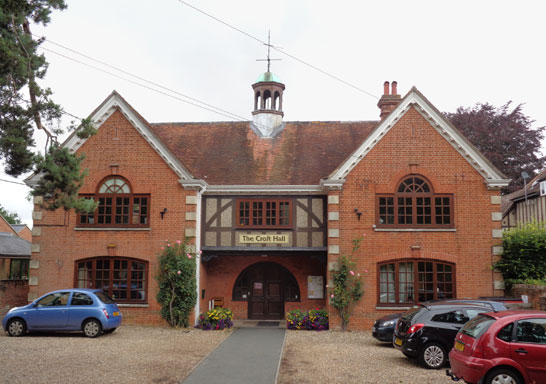
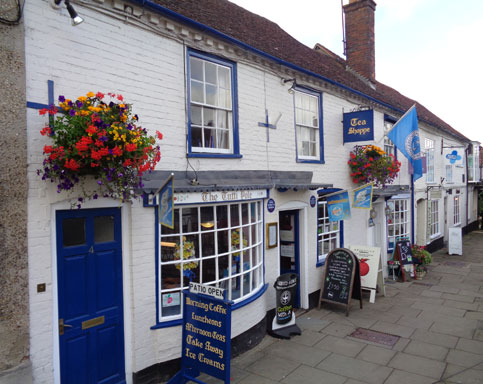
We also found a number of inns and restaurants.
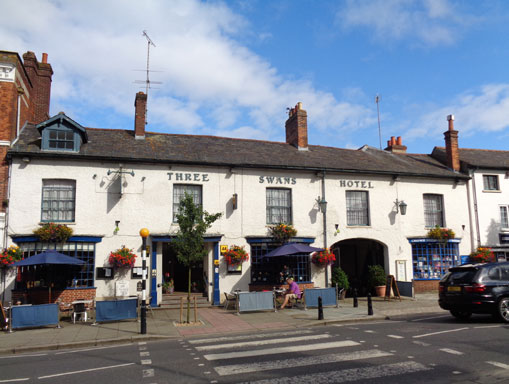
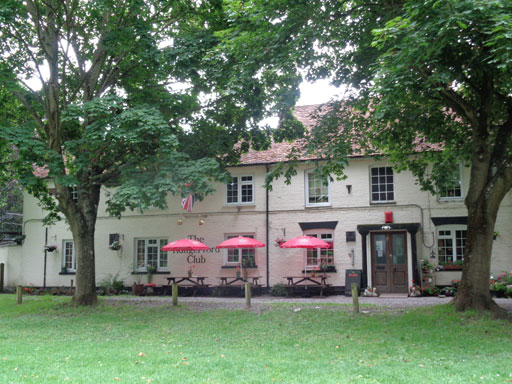
Further wandering revealed the Coop market, as well a large Tesco Market that offered a wider selection of food and drink. Knowing that we would need supplies to keep us going on the days we wouldn't be walking into town, we filled a couple of bags and realized that it would be a difficult walk home with all this stuff! No problem! We called the taxi guy who came to collect us with all our stuff and take us home. This became our modus operandi for food shopping.
After a day or two, we had slowed down to Hungerford Time, settled into a rhythm of daily life that was calmer and more contemplative, taking time to write and read, savoring conversations about far ranging topics, eating more home cooked meals, walking regularly along the lanes and footpaths, watching the backyard wildlife, making little discoveries along the way about English country life and local customs. There are no chateaux or cathedrals to write about. We have no fascinating stories to tell, just many enduring memories of very pleasant English country life.
Through visits to the public library, some books in the house, and visits to the town hall and the pubs, we learned a bit about Hungerford's history:
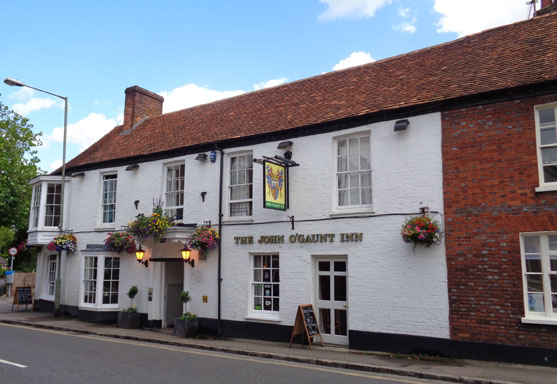
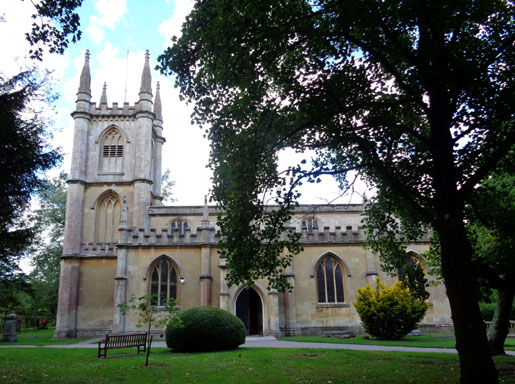
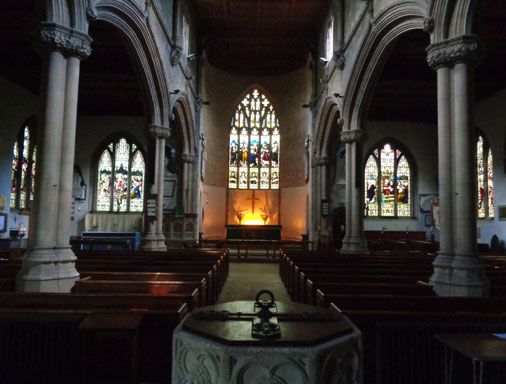
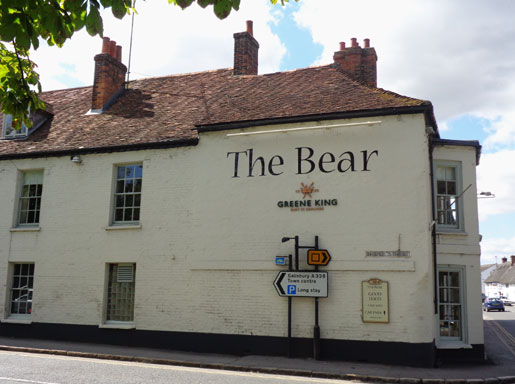
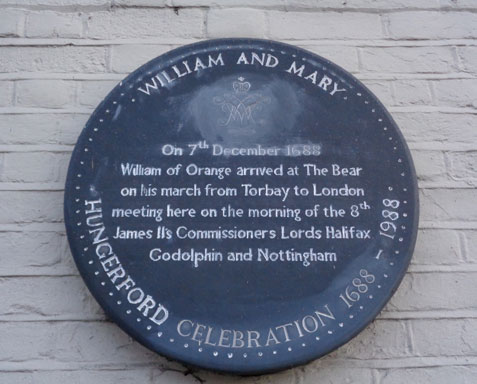
Following our fluviophilic fascination, we soon became engrossed in the workings of the Kennet & Avon Canal, one lock of which offered one of the great delights of our walks. A cruise on the Rose of Hungerford narrow boat provided us with some of the history and chats with the boat people who cruise the canal enabled us to learn about the engineering and operation. Work began in 1794 when gangs of workers were deployed for the laborious digging, clay lining, lock and bridge construction. Challenging terrain offered opportunities for John Rennie, the chief engineer, to develop aqueducts, tunnels, lock flights and bridges. This was civil engineering history!
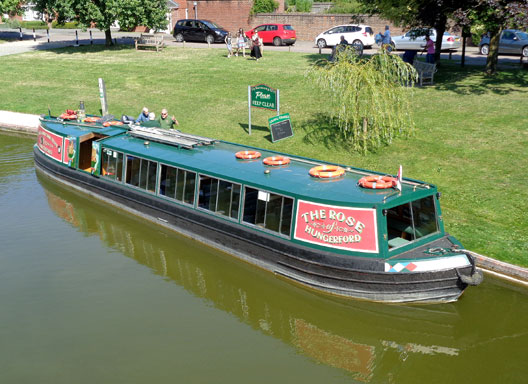
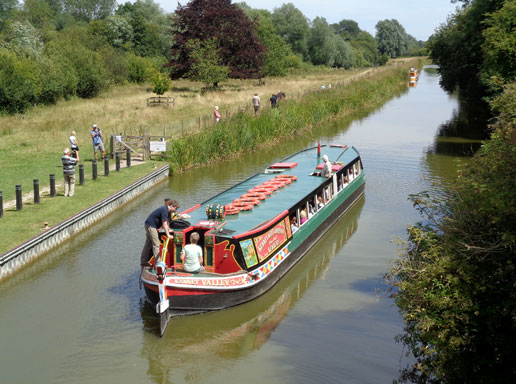
Then, in 1847, the railway arrived and the canal declined as an essential element of the goods transport system. Today, narrow boats ply the canal offering a way of life for some and a great holiday for other boaters.
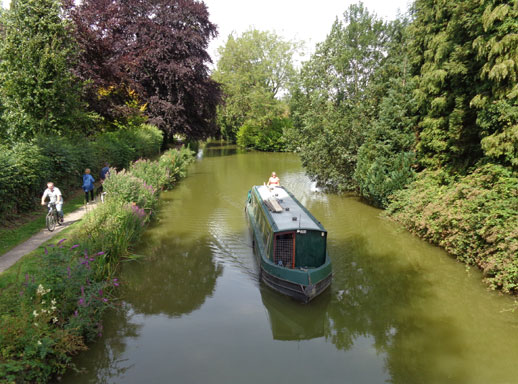
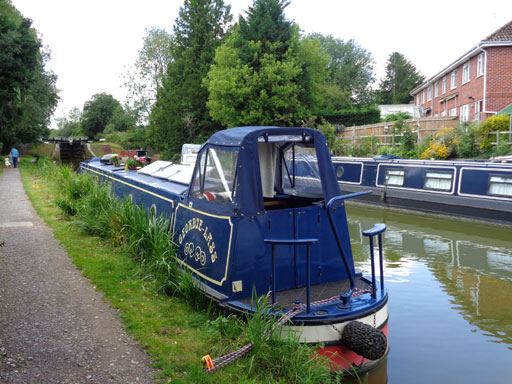
Being landside observers was fun, too! Canalside towpaths offered superb walking opportunities and entertainment by the wildlife, such as
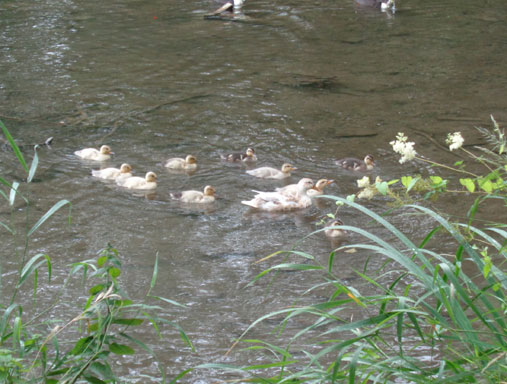
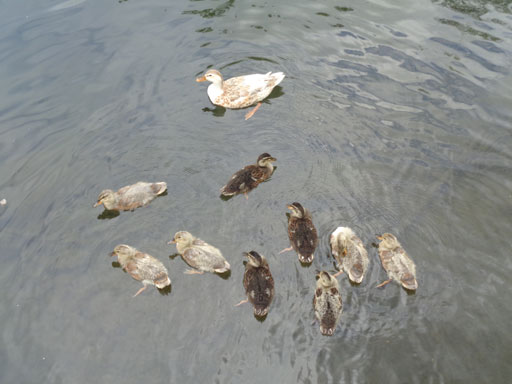
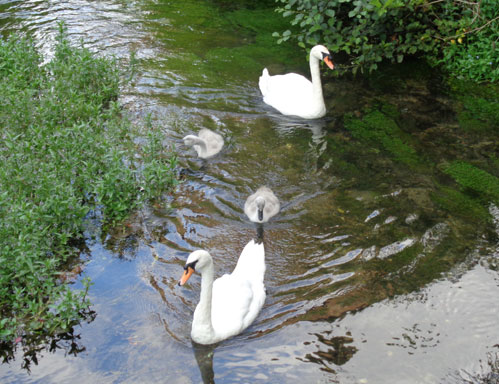
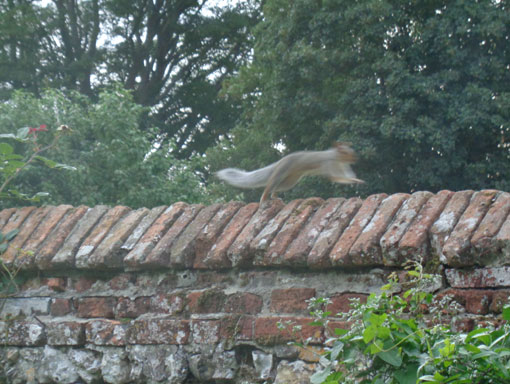
For a bit longer walk, we could stroll about 3 km into nearby Kintbury for tea and cake or a pint at the canalside pub, then ride back to Hungerford on the train.
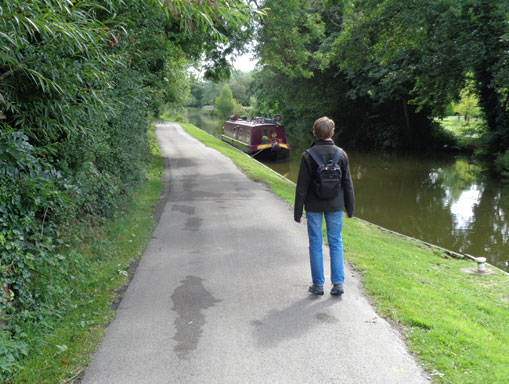
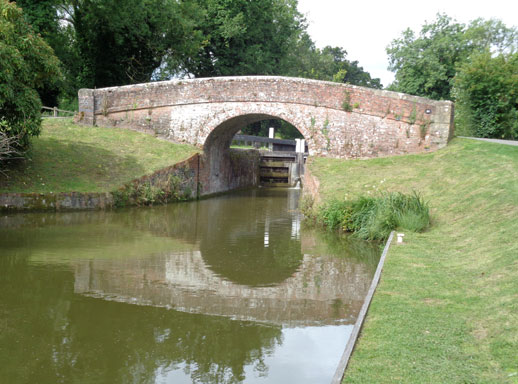
The larger towns of Newbury to the east and Marlborough to the west enabled us to extend the range of our explorations. Each town has its own charms, good for a stroll to admire more Victorian architecture and a stop for a snack or a pint.
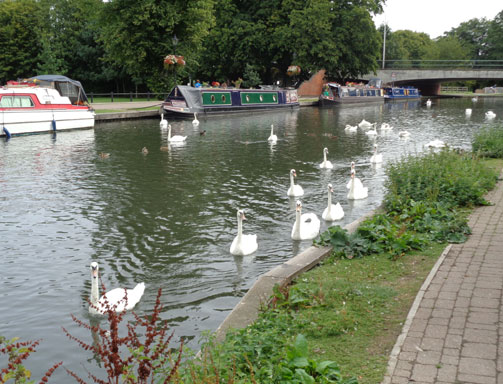
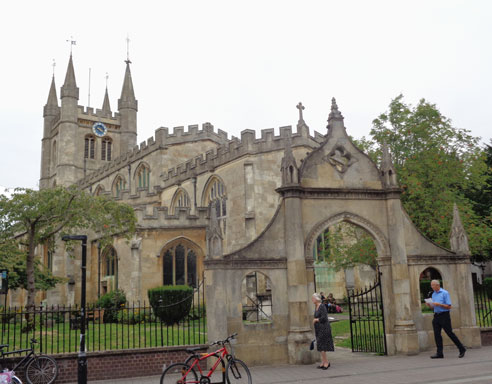
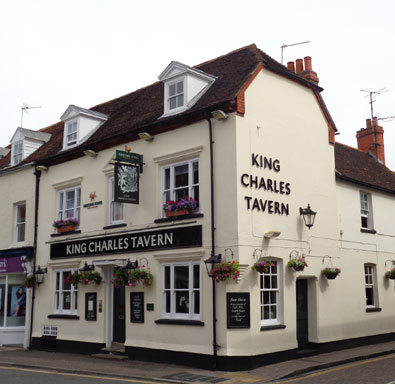
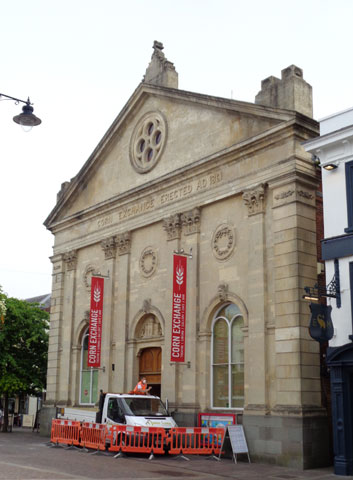
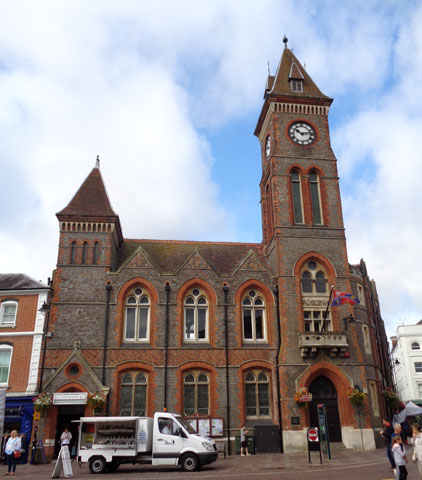
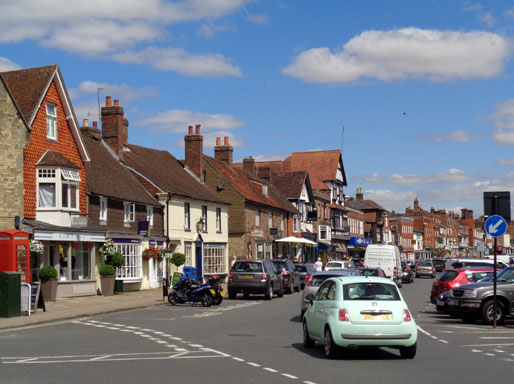
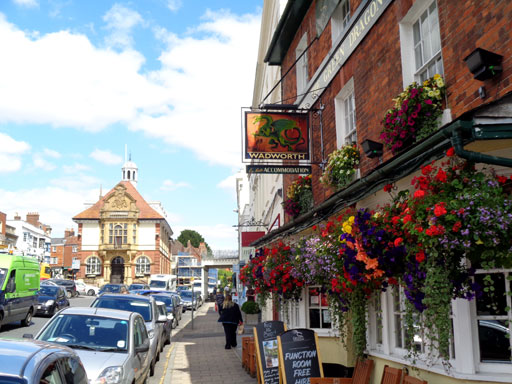
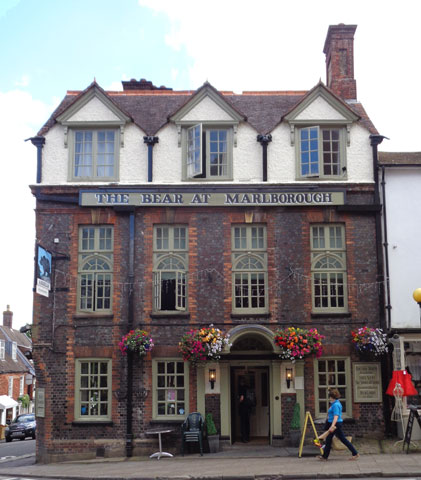
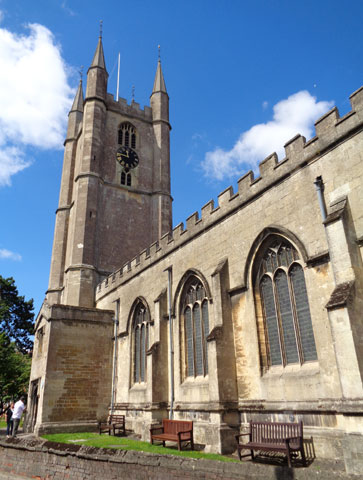
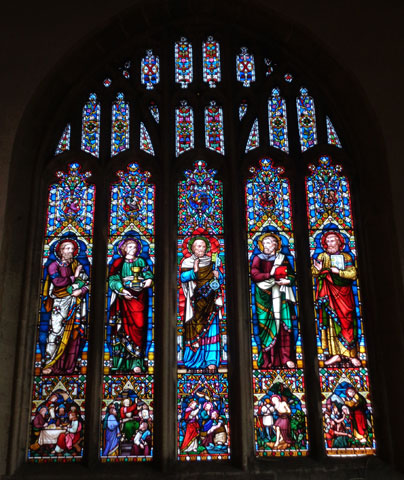
Each of these more nuanced pleasures have kept us happily entertained as the days pass. Add watching he spectacular concerts of the BBC Proms on TV, a football match with the local Hungerford Crusaders victorious against a team from a neighboring town, curry night at the Bear Inn, Sunday market, cake and coffee with conversation provided by a local church group, strolls through the antique shops chock full of intriguing stuff, and puzzling out the intrigues of UK politics on TV. Life was good!
Click here to return to our ' Nomads' Return to Europe - First Stop Nijmegen, Then on to France and England' page
Click here to return to our 'Searching the World for People Friendly Cities' page
![]()